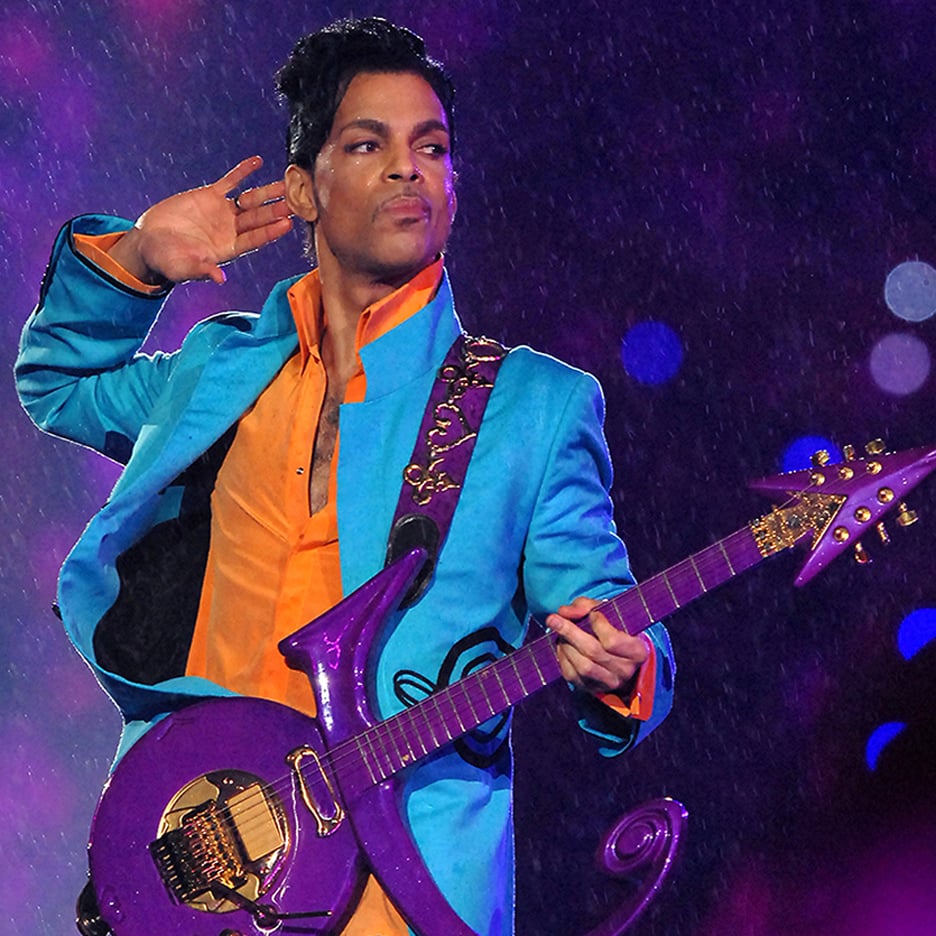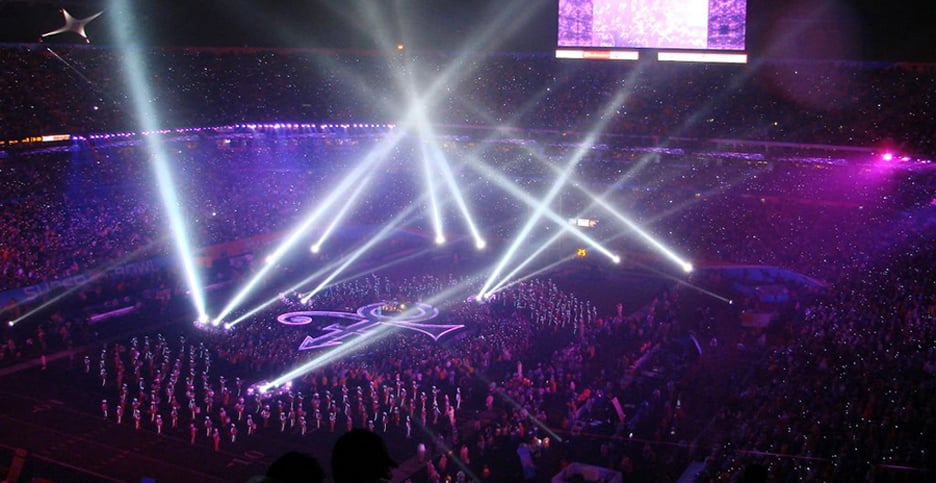"Prince was the Nike swoosh before Nike was" says musician's symbol designer
American musician Prince has died suddenly aged 57. By changing his name to a graphic symbol for a period, the artist elevated himself to icon status that would last a lifetime, according to the logo's designer.
Graphic designer Mitch Monson created the unpronounceable symbol that Prince used for seven years instead of a name, transforming him into an "icon in the industry".
"It was another one of his great marketing masterpieces," Monson told Dezeen. "He was the Nike swoosh before Nike was."

Prince Rogers Nelson was born in Minneapolis in 1958. He is best known for tracks including Purple Rain, When Doves Cry and Kiss, as well as his wide vocal range and flamboyant stage presence.
The "love symbol" – an amalgamation of the male and female sex symbols – was first used on the cover and as the title of Prince's 14th studio album in 1992.
It was adopted by the musician as a replacement for his name a year later, to help him get out of a recording contract with label Warner Bros.
"The design was very successful," said Monson, who has since created graphics for the BBC and UEFA with branding agency Tröllback + Company. "From a business perspective he was able to release a lot more music quickly under his new name."

Monson worked with fellow designer Lizz Luce to create a number of options to send to Prince, which he approved the same day.
"The symbol was actually a pretty straightforward and quick process," Monson said.
He added that they mainly worked through Prince's producer and creative entourage, but occasionally interacted directly with the musician.
"He was great to work with and very grateful," said Monson. "He surrounded himself with a lot of really talented creative people."

The symbol was quickly integrated into music videos and tour graphics, then eventually stage sets and even guitar designs.
According to Monson, the move also allowed Prince to discern who in the media would respect him enough to do as he requested.
"Always suspicious of journalists, he clearly hoped this would be a way to figure out which members of the press he could still trust," he said.

Font limitations at the time meant that few publications followed the name change, and many began calling him The Artist Formerly Known As Prince.
"This presaged the current struggle of those who don't adhere to the gender binary to get the press to refer to them by a preferred pronoun," said Monson.
Prince reverted to using his name in 2000 after he was released from his contractual agreements, but Monson believes that the symbol became integral to his image and followed him to the present day.